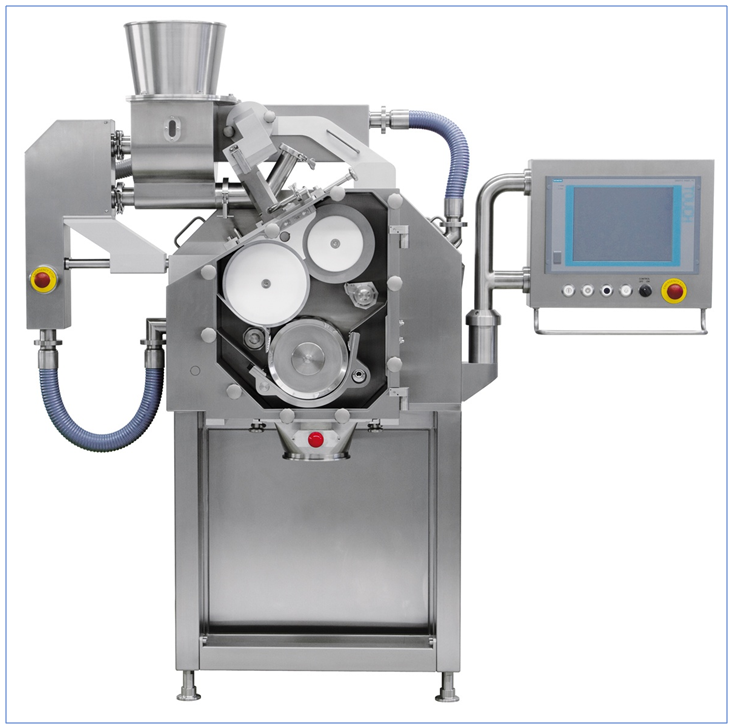A Multi-variate Mathematical Model for Simulating the Granule Size Distribution in Roller Compaction-Milling Process

Granule size distribution (GSD) is one of the critical quality attributes in the roller compaction (RC) process. Determination of GSD for newly developed pharmaceutical compounds with unknown ribbon breakage behaviors at the RC milling step requires a quantitative insight into process parameters and ribbon attributes. Despite its pivotal role in mapping the process operating conditions to achieve desired granule size, limited work has been presented in literature with a focus on RC-milling modeling. In this study, a multi-variate mathematical model is presented to simulate the full size-distribution of granulated ribbons as a function of ribbon mechanical properties. Experimental data with a lab-scale oscillating milling apparatus were generated using ribbons made of various powder compositions. Model parameters were determined by fitting it to experimental data sets. Parameters obtained from the first step were correlated to ribbon Young’s modulus. The model was validated by predicting GSD of data that were excluded in model development step. Predictive capabilities of the developed model were further explored by simulating GSD profiles of a granulated pharmaceutical excipient obtained at three different conditions of a real-scale Gerteis RC system. While maintaining the milling operating conditions similar to the lab-scale apparatus (i.e., screen size and spacing, and low rotor speed), the proposed modeling approach successfully predicted the GSD of roller compacted MCC powder as the model compound. This model can be alternatively utilized in conjunction with an RC model in order to facilitate the process understanding to obtain granule attributes as part of Quality-by-Design paradigm. More on granule size distribution in roller compaction-milling process

